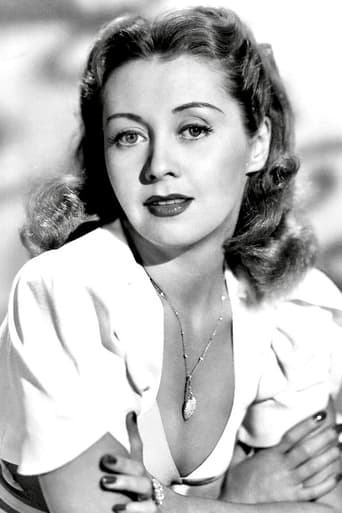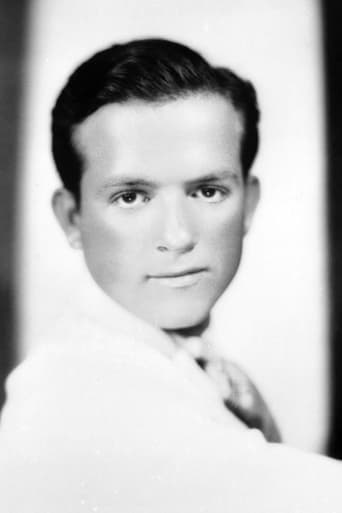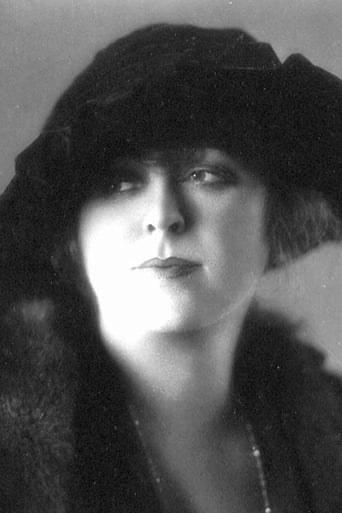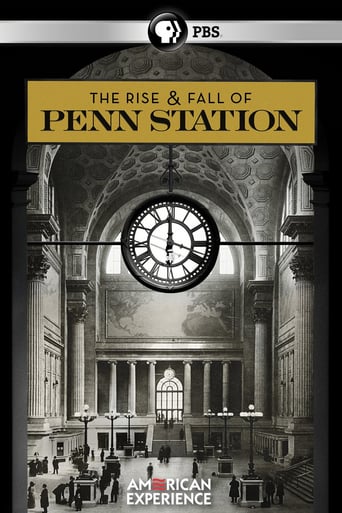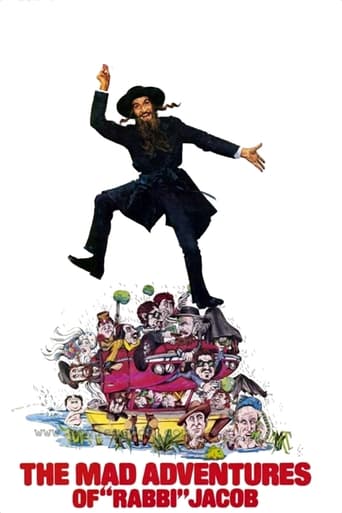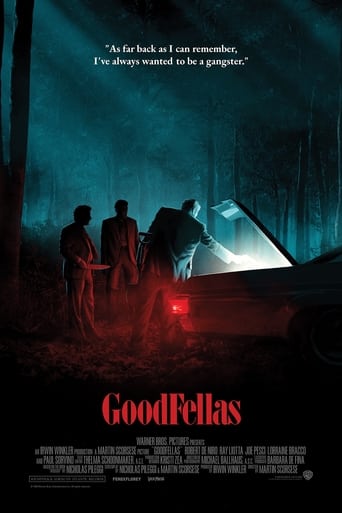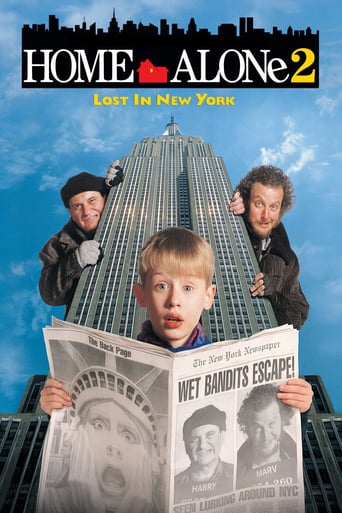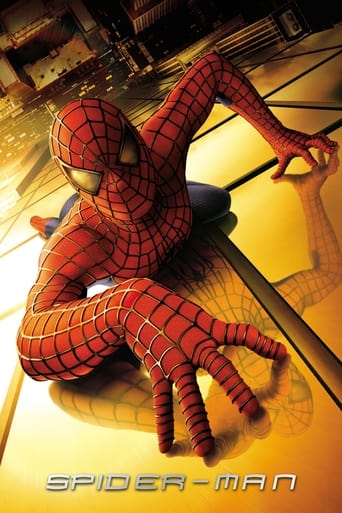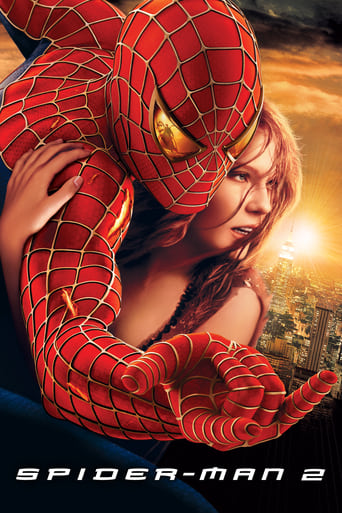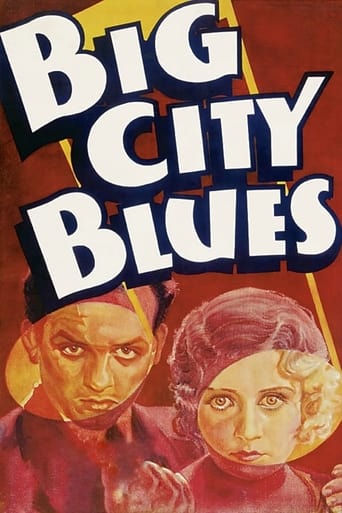
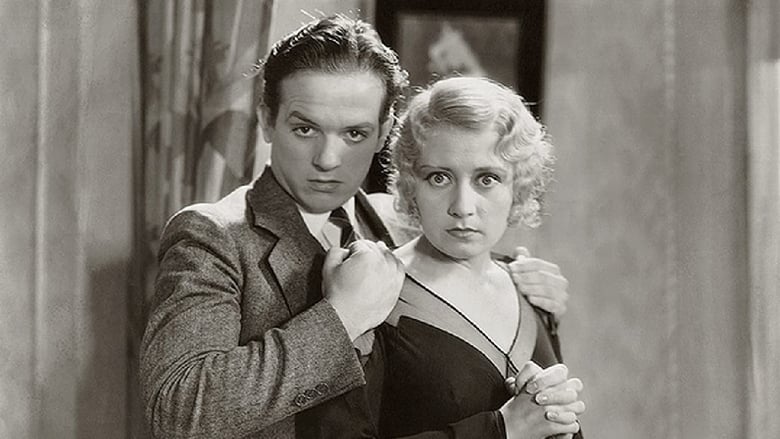
Big City Blues (1932)
An Indiana boy comes into an inheritance and moves to New York City, living it up with his girlfriend until he gets in over his head and someone gets killed.
Watch Trailer
Cast
Similar titles

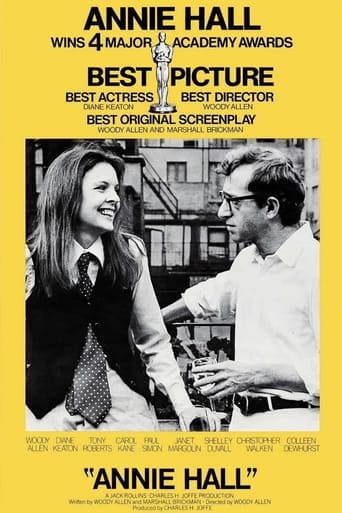
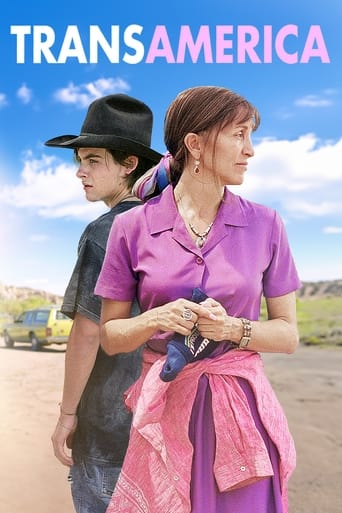
Reviews
Too much of everything
Perfect cast and a good story
All of these films share one commonality, that being a kind of emotional center that humanizes a cast of monsters.
One of the film's great tricks is that, for a time, you think it will go down a rabbit hole of unrealistic glorification.
. . . whether they make an honest effort to bring the Real Killers to Justice, or if, conversely, they get their jollies by sadistically torturing random by-standers into False Confessions and Taxpayer-Funded First Degree Murder by Electric Chair, as the actual slayers roam free to slaughter again. Warner Bros. lets BIG CITY BLUES explore this barbaric American Reality of the 1930s--WHICH CONTINUES TODAY--as much as the Censors Responsible for Covering Up Truth in Cinema would allow. But, as Fox "News" always argues, there's two sides to everything. For instance, some cops have families, and might lose their paychecks if no one were ever executed for all the murders happening on their watch. When murderers prove too smart and clever (or lucky) to be caught, does it really hurt Society to grab up a random mentally troubled person, feed him details of a killing "that only the Perp could know," torture and trick him into "confessing," and then give him The Needle after Fifteen Years in Solitary (with no danger of Winter Frostbite, or missing a meal)? Fox "News" would say "No, not really;" this is the Humane Thing to Do to provide "closure" for everyone. Plus, most police "patsies" are like Buddy in BIG CITY BLUES--unarmed wimps easy to "shoot first, plant gun later," or to toy with like a cat with a mouse. This way the cops stay safe while putting food on the table for their families, and they can take out their Aggression on unattached Social Scapegoats such as Buddy, rather than beating their wives and kiddies. In other words, Fox "News" declares this American Way of Justice a "Win-Win" for Everyone (other than a few Sacrificial Buddies).
BIG CITY BLUES (Warner Brothers, 1932), directed by Mervyn LeRoy, is a Depression era melodrama without the focus on the unemployed in breadlines or the homeless struggling to survive, but a cliché story about the survival of a country boy who ventures to the big city, the "Big Apple," better known as New York. Starring Joan Blondell, her role is actually secondary but crucial to the plot, while the Eric Linden, whose name comes below hers, is the central focus.The story revolves around Buddy Reeves (Eric Linden), a naive country boy from Hoopersville, Indiana. After inheriting $1100, he decides to fulfill his dream by coming to live in the greatest city in the world, New York. Unable to take his dog, Duke, with him, Buddy offers the pooch to a Willow Junction station master (Grant Mitchell), who accepts the animal only as a loan, knowing full well, that he will do exactly what he did as a youth, by venturing to the big city only to return home disillusioned. However, Buddy believes different, especially since he only has a one way ticket. Upon his arrival at Grand Central Station, Buddy, as he carries his suitcases, strolls down with amazement the busy streets surrounded by the "rush, tension and crowds." He registers at the Hotel Hercules, room 3663, where his Cousin Gibbony (Walter Catlett) enters the scene to teach him the ropes in becoming a true New Yorker as well as fast-talking his way in acquiring some of his money. Gibbony, a comedic con-artist who claims to know the most important people in town, ranging from Mayor Jimmy Walker to actress Constance Bennett, arranges for the young lad to be introduced to a handful of his friends by having an all night party to take place in Buddy's hotel room. That evening, Buddy becomes infatuated with an attractive show girl named Vida Fleet (Joan Blondell). During this very active party, which consists of radio background music to current hit tunes as "My baby Just Cares for Me," Lem Sully (Lyle Talbot), actor and drunk, along with globetrotter Shep Atkins (Humphrey Bogart) get into an argument over the drunken Jackie DeVoe (Josephine Dunn), a Follies girl. A physical fight ensues, leading to a whiskey bottle being thrown across the room, hitting the head of Jackie, causing her death. Suddenly the room is quiet. All the guests make a hasty departure, especially Vida, leaving Buddy to be faced with a possible murder charge. Breaking away as Hummell, the house detective (Guy Kibbee) enters to discover the body, Buddy hides amongst the crowded city, hoping to avoid being arrested by Quelkin (Thomas Jackson) of the homicide squad, who is hot on his trail.Others in the cast consist of Inez Courtney as Faun; Ned Sparks as Stackhouse; Jobyna Howland (in her Marjorie Rambeau-type performance) as Mrs. Cartlidge, the 55 Club speakeasy "madame", along with interesting assortment of notable actors assuming no screen credit, including Josephine Dunn (Al Jolson's co-star in 1928's THE SINGING FOOL); J. Carroll Naish as a bootlegger; Herman Bing as a German waiter; Clarence Muse as the black singing waiter vocalizing "Every Day Can Be a Sunday"; and the heard but not seen Dick Powell as the radio announcer advertising Yum Yum Popcorn.Eric Linden is ideally cast as naive but vulnerable young lad, along with Blondell in her usual street smart, tough but loyal girlfriend performance. They would be reunited once more in race-car drama, THE CROWD ROARS (1932) starring James Cagney. Of the supporting players, it is Walter Catlett sporting glasses, derby and cigar (a cross between comedians Groucho Marx and Robert Woolsey), the scene stealer who livens things up.With so much happening during its brisk and brief 65 minutes, BIG CITY BLUES moves as quickly as any speeding cars or pedestrians depicted on screen. Along with other then current New York sounding film titles, MANHATTAN PARADE (1931), CENTRAL PARK (1932), 42nd STREET (1933), just to name a few, no other movie studio like Warners captures the feel and essence of New York City life, and BIG CITY BLUES is no exception. Not as well known as the more famous New York movies of this period, it's worth catching whenever presented during the late night hours on Turner Classic Movies.(**1/2)
WARNING: SPOILERS AHEAD! This is a fun movie that gets better after the first viewing. I first watched it just for the early Bogart. When you watch it for the whole effect you'll probably wonder why it's never been on VHS or DVD. Well, there's this young man who's leaving the sticks for the Big Apple. The old men at the train station try to tell him he's in for disappointment, but he doesn't listen. In New York he gets an $8 room (nice for 1932) where his cousin takes advantage of him by using some of his $1,100 cash for parties and booze. He meets Joan Blondell and they are attracted to each other. It's funny how in this pre-code film, they never kiss once, even though adult themes are everywhere. Well, during the party in which almost everyone is drunk or stoned, Bogart tries to take another man's girlfriend home, which starts a brawl. A bottle is thrown, striking a girl in the head, killing her. Everybody runs off, leaving the poor kid from the sticks with the dead girl in his hotel room. As he avoids the police, he meets up with an older woman who would like him to spend some time with her. He finds Joan Blondell again, and loses the rest of his cash trying to win enough money so they can get away from it all. They get caught, taken down to the station, are grilled, and finally Bogart's brawling partner is found after hanging himself, with "proof" that the kid from the sticks is innocent. The two kids hug at the train station and they young man goes back to the sticks, only to decide to make some money to return to New York.
Big City Blues is a marvelous reminder of the vibrancy of American cinema in the early sound days. Directed by the always reliable Mervyn LeRoy, the film features uncredited performances by a wonderful cast, including Humphrey Bogart, Lyle Talbot, Dennis O'Keefe, Dick Powell (hilarious as the voice of a radio ad-man expounding on the virtues of Yum Yum brand popcorn), and Clarence Muse (who delivers some terrific singing in a speakeasy scene), as well as Joan Blondell as the brassy showgirl with a heart of gold, Eric Linden as a smalltown rube, and especially Walter Catlett as Linden's Cousin Gibby, who's responsible for most of the trouble that takes place. Written by Lillie Hayward, the script is hilarious, intelligent, and insightful, especially when it pokes fun at the peccadilloes of big city life. Bogart has a particularly juicy line when, reading from a newspaper, he informs partygoers that the police have recently picked up a criminal with "a handgun in one pocket and a lipstick and powderpuff in the other"! The same party sequence also features the sight of a nervous young lady reading from the infamous (and much censored) lesbian novel "The Well of Loneliness" by Radclyffe Hall. In short, this is a fine example of pre-Code filmmaking and should be of interest to all fans of 30s cinema.
